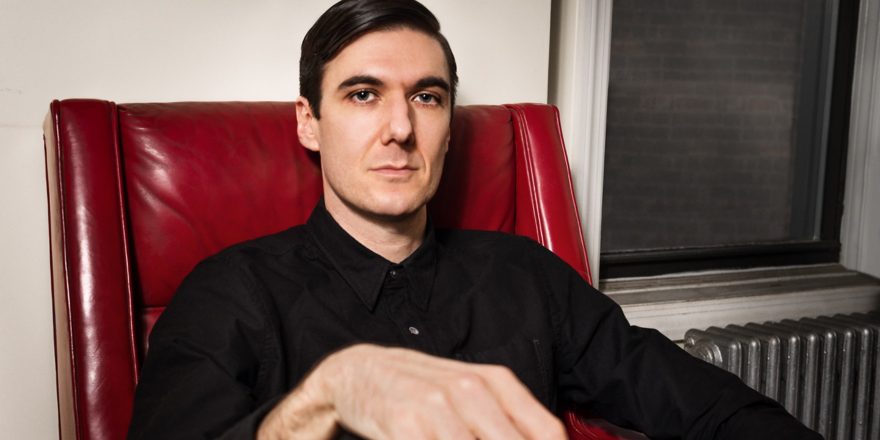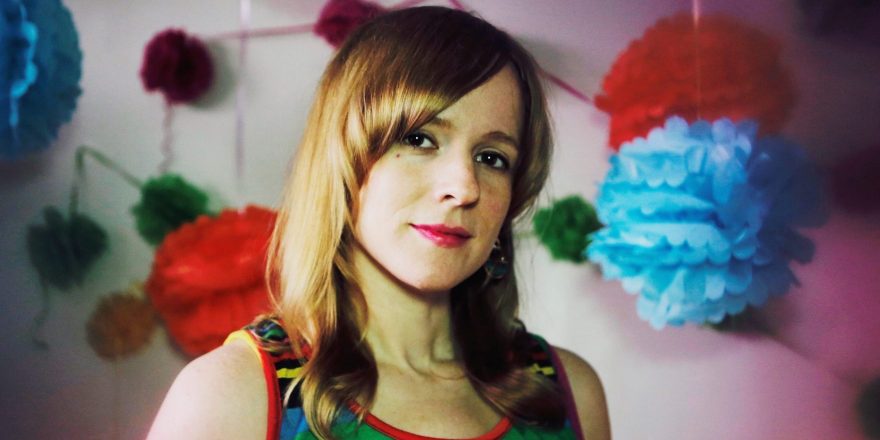Gig Economy is a Talkhouse series in which artists tell us about their work histories, from part-time pasts to the present tense, in order to demystify the many different paths that can lead to a career as a working musician. Here, Eoin French, aka Talos, discusses how his time studying architecture influenced his latest album.
—Annie Fell, Associate Editor, Talkhouse
I never begin making music looking for an answer. Instead it evolves through messy explorations, mistakes, left-turns, continuous new beginnings, and then, when it feels full, it is abandoned.
I have at times found the blurry nature of this type of process to be unsettling, but a state of “unfinishedness” is vital to me and to what I make. The comfort of a full stop is a beautiful thing, but is contrary to the idea of creating sound. There is a boundlessness to it that harkens back to ideas around the sublime in art. “An awe inspiring, fear invoking thing that is intangible, formless and incomprehensible in scale.” Music is us asking big scary questions in the hope that some of the complexities we exist in can be unravelled. It is totally and utterly self-indulgent but at its best, people see themselves in our internal excavations.
For me the fear of making is a very unique thing and is important in any process. It puts us up against ourselves in a way. We set out fragments of a map and through a meandering of each plot we find newness. This completion brings with it momentary ecstasy in the fact that one has once again surprised oneself and shook off the shackles of sameness. But it is momentary. In the end just a sniff at satisfaction. For the fear of failing to realize what really sits within, stumbles in once again, and from here we restart. It is a strange existence but is something that once experienced, all else pales.
I think my desire to lead this type of life was born from studying architecture. In a design school one rarely leaves the studio space, it becomes part canvas and part homestead. The space itself a catalyst for ideas, quasi-archaeological, full of lost histories, human traces, and cast-offs. Everything is important, and everything has a place in what is made. One soon begins to understand that this is a way of existing, not just a throwaway thing that ends at 5:30.
With regard to architecture’s influence on my making, it’s very easy to grasp the obvious things, like a different perspective on geometry and harmony, form and formlessness, and appreciating erasure and decay. Unfortunately, right now, the true spirit of it as an artform has receded into the corners of academia or when necessary some dusty stalwart might be rolled out to plead its case. However what has stuck with me is an appreciation of the gaps and the seemingly inconspicuous connection of things. Physical, literal, and metaphorical shadows.
Over the last two years I have found myself in a state of transitory flux, from which the album Far Out Dust emerged. I have attempted to carry with me and incorporate these design slips and shadows. For the album, everything that was made played a role in the overall piece of work. The things that were left out acted as channels through which the final pieces flowed. The music began as fragments, born in unfamiliar space, collected and stored in a traveling studio or wunderkammer, and finally brought back to my studio and recast into something altogether new. 






